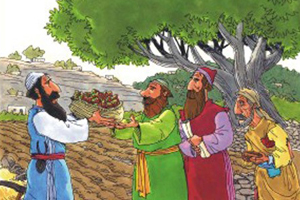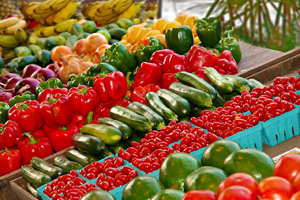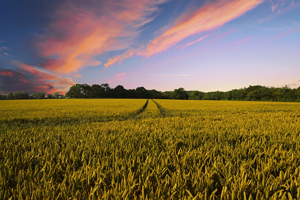Learn more about terumot and ma’aserot
Halachic Guides
Advantages of Beit HaOtzar
Beit HaOtzar helps individuals take terumot and ma’aserot in an easy and mehudar fashion, employing three key innovations:
- The coin
In years 1, 2, 4, and 5 of the shemita cycle, ma’aser sheni is redeemed on a coin worth at least a perutah. This coin is imbued with sanctity and cannot be used. On Pesach of years 4 and 7, this coin is destroyed. The same coin can be used for multiple redemptions as long as it is worth enough perutot to cover each redemption. Neta revay fruit is also redeemed on a coin. Many people are concerned about the halachic issues involved in handling the coin. Beit HaOtzar provides members with a coin located at Torah VeHa’aretz Institute and handled by its rabbis.
- Giving ma’aser rishon
In all years (except shemitah), 10% of the produce should be given to a Levite. For someone who wants to pick three oranges from their tree, it’s impractical to give a third of an orange to a Levite. At Beit HaOtzar, we give the value of the fruit to a pedigreed Levite.
- Giving ma’aser ani
In years 3 and 6 of the shemitah cycle, 9% of the produce is given to the poor. This, too, is often impractical. At Beit HaOtzar we give the value of the produce to the poor in collaboration with the organization Mekimi. Every ma’aser ani year, Beit HaOtzar members donate hundreds of thousands of shekels to the poor!
Importance of Beit HaOtzar
Do you live in Israel and grow fruit trees, vegetables, or herbs in your garden?
Did you buy vegetables in the shuk and you’re not sure if terumot and ma’aserot were taken?
Do you live abroad and buy fruits and vegetables imported from Israel?
If you answered “yes” to any of these questions, you should join the Beit HaOtzar Terumot and Ma’aserot Fund, a project of Torah VeHa’aretz Institute.
Virtually all fruits and vegetables grown in Israel—whether on a farm, in an orchard, or in your own garden—can be eaten only after terumot and ma’aserot are taken from them. If you buy fruits and vegetables from stores or vendors without reliable kashrut certification, you need to separate terumot and ma’aserot. If you grow fruits or vegetables in your garden, you definitely need to separate terumot and ma’aserot from them.
Most people educated outside of Israel are unfamiliar with the halachot of separating terumot and ma’aserot. Here in Israel, though, these halachot pertain to virtually all fruits and vegetables.
Joining Beit HaOtzar makes separating terumot and ma’aserot easy.
The most complicated aspect of separating terumot and ma’aserot is redeeming the ma’aser sheni on a coin. The coin, designated for this purpose, acquires a level of sanctity and handling it entails knowledge of complex halachot.
People may use their own coins for this purpose, but most find this to be a burdensome task because of the intricate halachot involved. But don’t worry, Beit HaOtzar was set up for this very purpose: to help you observe these mitzvot in the most mehudar and efficient manner.
After becoming a member of our fund, you only have to follow four easy steps to separate terumot and ma’aserot:
- Assemble each type of produce (you can perform this procedure for all of your groceries in one go).
- Set aside more than 1% of each type of produce.
- Recite the text for separating terumot and ma’aserot in Hebrew or in English, supplied by Torah VeHa’aretz Institute on a magnet.
- Double wrap the 1%+ and dispose in the garbage.
The entire procedure can be performed in only two minutes.
Annual membership is only NIS 80.



